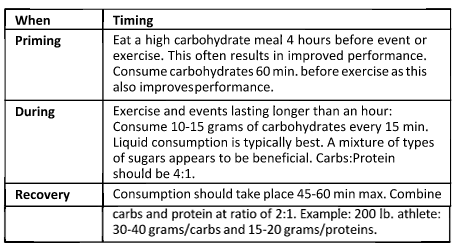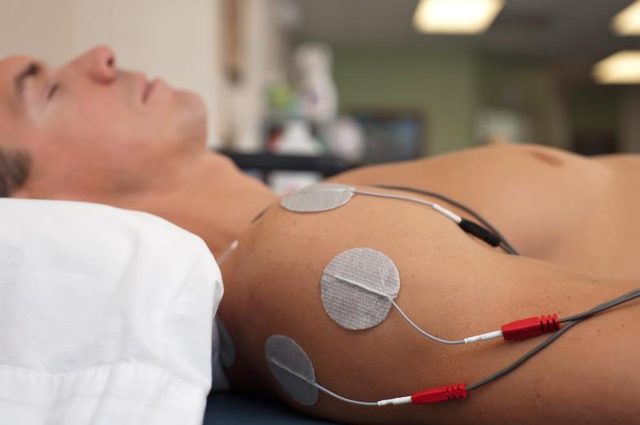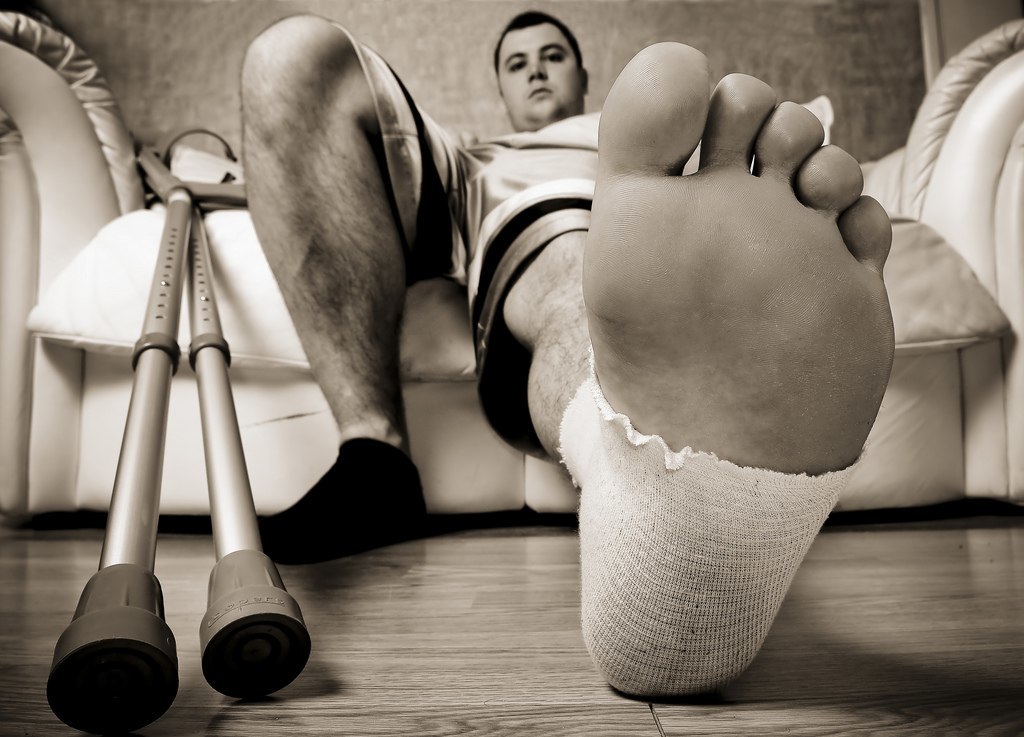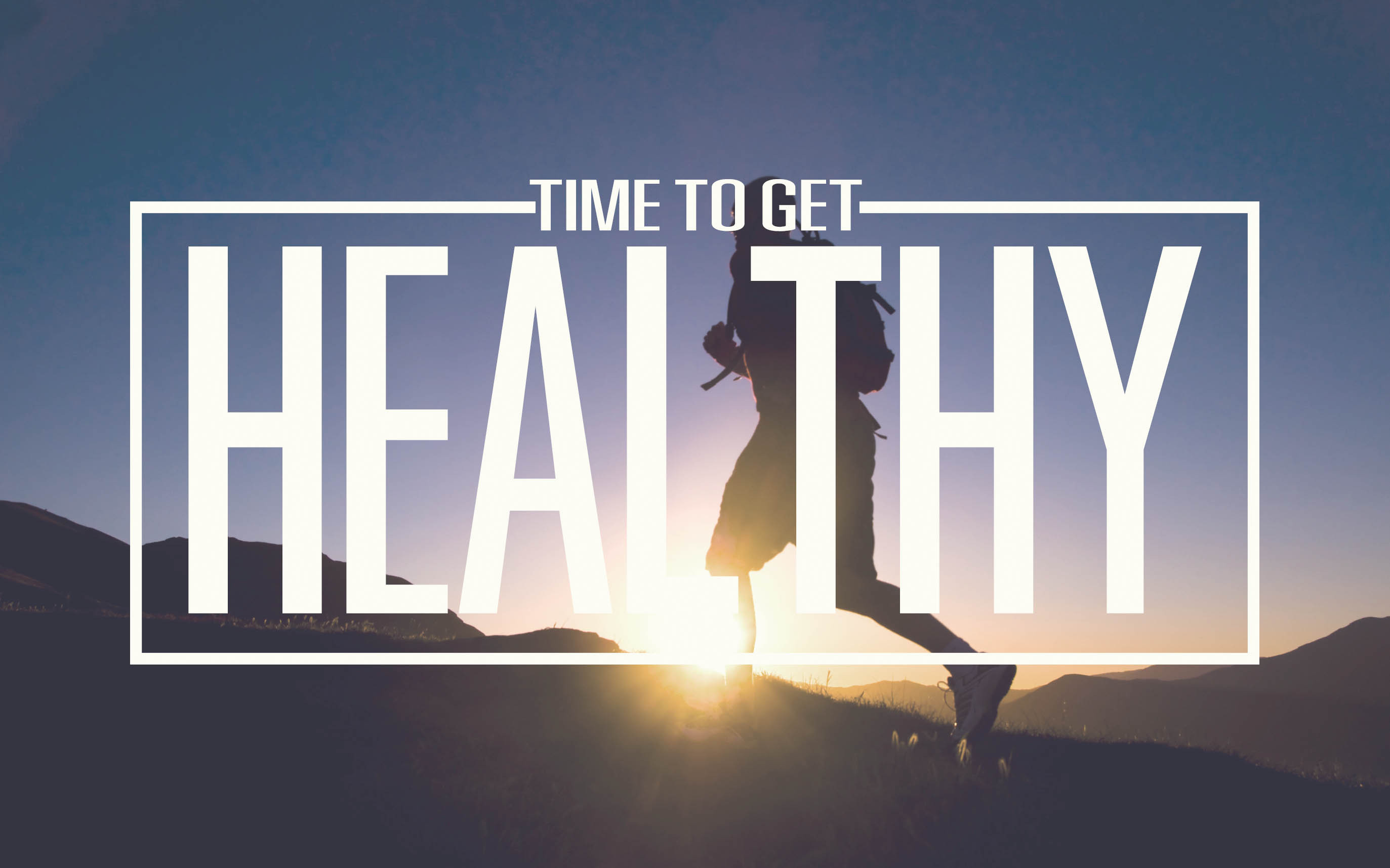Suppose I am a dairy producer and I have to add fortifications of Calcium to my milk; the first question any wise milk drinker should ask is, “Why would you have to fortify milk with Calcium. Doesn’t milk already contain Calcium?” As the producer, I’m not required to put on the carton packaging what chemical compound of Calcium is being used to bolster the milk.
The next question should be “What chemical form of Calcium do you use to fortify the milk?”
From a financial perspective, the dairy producer is going to use the cheapest form of Calcium that he can legally get away with using.
Last question, “Is the chemical make-up of the Calcium used the most efficient and effective for the absorption and utilization of Calcium in my body?”
And, of course that last question is the big one; usually the chemical is not that efficiently absorbed and utilized by the body.
Now, this scenario may not be 100% accurate, but it’s worth thinking about, and it gives us an easy example of what fortified means when you see it on food packaging.
WHAT ENRICHED AND FORTIFIED REALLY MEAN
The terms enriched and fortified in the food world are a gold mine to the industry and a curse for the consumer.
You believe that you’re eating something nutritious and actually you are unwittingly increasing the toxic load on your body.
What the food industry is doing is removing the high-quality nutrients, adding poor, lower-quality, cheaper nutrients, and your body doesn’t utilize them properly.
The same is true for supplements. Since they are not regulated, the quality standard for supplements isn’t about quality at all. What the supplement company claims is in the bottle may not be in there at all, or the formulation of the compound may be cheap and non-absorbable. Unfortunately, it’s more about their bottom line than your health.
For example, there are different compounds that are all considered Vitamin C, but they are not all equally absorbed and utilized by the body.
This is another reason working with a professional, with access to known reputable “nutraceutical” companies, is essential. That doesn’t mean that you can only get high quality supplements by going to a professional, but it makes it easier. Do the research on the companies; make sure they are at least GMP certified and don’t go by marketing testimonials.
Price is not always the determining factor for quality. Many of the cheaper supplements manufactured by the leading chain brands, are exactly what they advertise … cheap. And some of the more expensive supplements are just that … more expensive. They don’t necessarily work either, so it’s absolutely crucial that you’re working with a professional, a health coach or someone who thoroughly understands nutrition and can teach you as you develop, grow and perform.
by Dr. Thomas M. Mitchell, D.C., CCSP | Owner, Clinic Director Chicago Institute for Health and Wellness Copyright ©
read more















